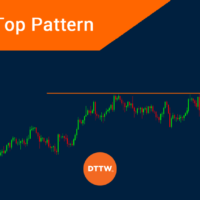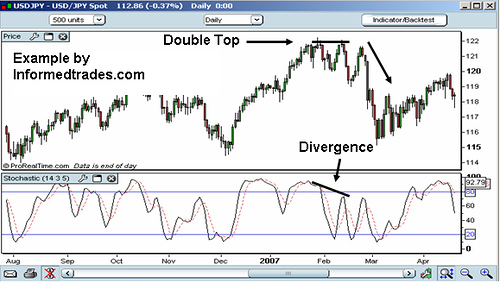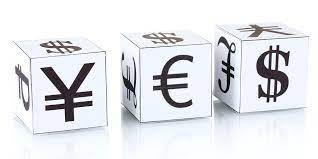Surely you know that 80% of the time in the market is flat. At this time, quotes are in a narrow price corridor and move from one border to another. Traders are still debating whether flat trading is worth it. Let’s figure out whether the game is worth the candle, and are there any risks?
What is a flat on Forex?
A flat is a special state of the market when the price remains within a range for a long time, where the boundaries are well defined. During a flat, the price often comes close to the boundaries, but cannot go beyond the boundaries. Market activity at this time is minimal. Very often during the night session there is a flat. When the border of such a sideways movement is broken, this indicates that the flat is complete and a new trend movement is beginning to develop.
How can you make money during a flat?
One of the main disadvantages of flat trading is that it is difficult to predict the duration of small market activity. Market experts have different opinions as to whether it is necessary to trade during a flat. Many people believe that at this time it is better not to enter the market and not try to trade. However, there are also supporters of trading in small volumes.
For those traders who practice frequent short-term transactions with small profits, or in other words engage in scalping, flat trading is well suited. In addition, flat is perfect for trading from important levels. Flat is also an ideal environment for trading robots based on the Martingale strategy.
You can make money on the flat before news releases. By calculating the market movement after the news, you can catch the impulse from its very beginning.
But, despite the fact that everything looks simple, flat trading requires you to adhere to certain rules.
Basic rules for flat trading
There is no need to use lower time frames unless you are scalping. Trade starting from the 4H chart, if you want more signals, then do not go below 1h;
There is no need to take levels that are formed before the start of a session or after it closes as true support (resistance) levels. Often, they are short-lived;
It is extremely important to follow the rules of money management and not overestimate risks;
Use indicators to filter out market noise.
The last point is quite important, since the market often leaves the consolidation zone quite quickly, on large volumes. Using technical analysis makes it possible to accurately plot your goals on a chart.
Flat is an integral part of most technical analysis patterns. For example, a flat can be found in reversal patterns, such as head and shoulders or double tops. Sideways trades when the price fails to break the recent high and the low indicates the end of the trend.
Any oscillator is suitable for flat trading. This indicator greatly simplifies the work during a sideways trend. Typically traders use either Stochastic or RSI. When the indicator shows overbought and the price is at the upper limit of the sideways range, then we sell. And vice versa. When oversold, we buy from the lower border. We recommend setting Stop-loss and Take-profit a little further than the boundaries. “Saw” is a common phenomenon in the market. This is when volatility increases, but the pair itself remains within the range. Asset quotes move up and down, often breaking through the boundaries and even leaving them for a short time.
Flat is a rather dangerous place. However, a certain part of traders prefer to trade during such periods. The ability to recognize the structure of the correction and the correct approach will allow you not to miss trading when there is no clear trend.



